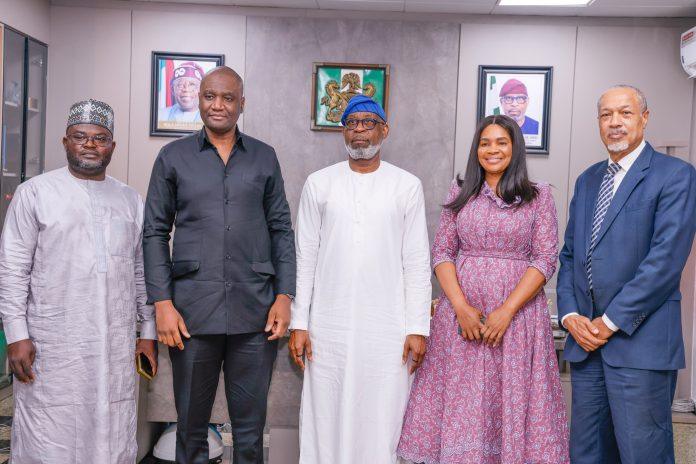Billionaire Lev Leviev, who made his fortune undercutting De Beers’ former diamond monopoly, has bought half of one of Africa’s biggest emerald mines.
Leviev bought into the Grizzly emerald mine in Zambia’s Copperbelt province, which borders the Democratic Republic of Congo, Kombadayedu Kapwanga, managing director Leviev’s Namibian unit, said by phone. The operation has been renamed Gemcanton Investments Holdings.
A spokesperson for Africa Israel Investments Ltd., a listed company controlled in which Leviev is the biggest shareholder, didn’t return phone calls and emails seeking comment. A spokesperson at LLD Diamonds, Leviev’s jewelry business, didn’t return calls either. Leviev used his Israel-based diamond unit to purchase half of Grizzly, Kapwanga said, without providing further details.
The move into emeralds marks a change of course for Leviev. Born in Soviet Uzbekistan before fleeing to Israel in 1971, he worked as an apprentice in a diamond-polishing plant and established his own factory, striking deals with diamond-producing countries such as Russia and Angola.
He went on to own an 18 percent stake in Angola’s Catoca diamond mine, one of the world’s biggest, before selling to Chinese investors to focus on the Luminas mine in the African country. As well as his Leviev jewelry company, he controls a real estate empire from Moscow to New York through Africa-Israel Investments Ltd.
The Zambia company registry shows Gemcanton is jointly owned by two companies: British Virgin Islands-based Frango Finance Ltd. and Wolle Mining Limited. Grizzly was previously 85 percent owned by Abdoulaye Ndiaye, according to the Zambia Extractive Industries Transparency Initiative. Ndiaye is a Zambian who is originally from Senegal, and Grizzly has been digging emeralds in Zambia since 1997, according to Gemcanton.

Emerald prices have soared by more than tenfold in the past eight years, as top producer Gemfields Plc sought to expand the market for the green stones and boost advertising. Emeralds were previously mainly produced by artisanal miners, meaning there wasn’t a consistent supply enough for retailers to run production lines or advertise them. The company owns the Kagem mine, Zambia’s biggest producer.
Gemfields Chief Executive Officer Ian Harebottle said the company has tried to contact Leviev.
“I’ve written to them a few times and said ‘welcome to the area, let’s talk.’ They’ve been non-responsive so far,” Harebottle said in April. “Colored stones offer a great opportunity with great growth potential. It was inevitable that someone else was going to look this way.”
Pallinghurst Resources, which has a 47 percent stake in Gemfields, made an offer in May to buy the shares it doesn’t already own in the company. An independent Gemfields committee said the offer undervalued the company.
Shares in Gemfields rose 3.7 percent by 13:11 p.m. in London to trade at 35 pence.
Zambia produced 74.7 metric tons of emerald and beryl, a less-valuable grade of the stone, in 2016, a 42 percent increase from 52.8 tons in 2015, according to the Finance Ministry.
Courtesy Bloomberg








